In an era of increasing environmental awareness and the pressing need to reduce our carbon footprint, energy benchmarking has emerged as a crucial tool for measuring and improving energy efficiency in buildings. San Francisco, with its commitment to sustainability and green initiatives, is at the forefront of this movement. However, meeting energy benchmarking requirements in this bustling city can be a complex task filled with challenges. In this article, we’ll explore the significance of energy benchmarking, the hurdles that building owners face, and practical strategies for overcoming these challenges.
Understanding Energy Benchmarking
Energy Benchmarking Defined
Energy benchmarking is the process of measuring a building’s energy consumption and comparing it to a baseline or similar structures. It serves as a vital tool for assessing and improving a building’s energy efficiency. In San Francisco, where environmental consciousness is ingrained in the city’s culture, energy benchmarking is a key driver in reducing greenhouse gas emissions and achieving the city’s sustainability goals.
Why San Francisco has Specific Requirements
San Francisco, like many other major cities, has specific energy benchmarking requirements due to its dense urban environment and commitment to reducing its environmental impact. These requirements help track energy use in buildings, identify inefficiencies, and ultimately reduce energy consumption.
Benefits of Energy Benchmarking
Energy benchmarking offers numerous benefits for building owners, tenants, and the environment. These advantages include:
- Cost Savings: Identifying and addressing inefficiencies can lead to substantial cost savings on energy bills.
- Environmental Impact: Reduced energy consumption means lower greenhouse gas emissions, contributing to a greener, more sustainable city.
- Marketability: Energy-efficient buildings often have higher property values and are more attractive to eco-conscious tenants.
- Compliance: Meeting energy benchmarking requirements ensures compliance with local regulations, avoiding penalties and legal issues.
The Importance of Compliance
Legal and Regulatory Framework in San Francisco
San Francisco has implemented strict energy benchmarking regulations to achieve its sustainability goals. Local ordinances such as the Existing Commercial Buildings Energy Performance Ordinance (ECB Ordinance) require building owners to annually benchmark and disclose energy usage data.
Consequences of Non-compliance
Failure to comply with energy benchmarking requirements can have serious consequences. Building owners may face fines and legal action, tarnishing their reputation in the market. Non-compliance also impedes the city’s progress towards a more sustainable future.
Prioritizing Compliance
Given the potential legal and financial repercussions, it’s essential for building owners to prioritize compliance with San Francisco’s energy benchmarking requirements. But doing so is not without its challenges.
Common Challenges in Energy Benchmarking
- Data Collection and Accuracy
One of the primary challenges faced by building owners is collecting accurate and comprehensive energy data. Many older buildings lack modern energy management systems, making data collection a manual and time-consuming process.
Solution: To overcome this challenge, consider investing in automation tools and software that can streamline data collection and analysis. These tools can aggregate data from various sources and provide valuable insights into energy consumption patterns.
- Privacy Concerns
Energy benchmarking often involves collecting sensitive data about building occupants and their energy usage. Privacy concerns can arise when sharing this information, especially in multifamily buildings.
Solution: Ensure compliance with data privacy regulations and anonymize sensitive information when reporting energy usage. This can help protect the privacy of building occupants while still meeting benchmarking requirements.
- Technical Expertise
Understanding and implementing energy benchmarking can be technically challenging, especially for building owners who lack expertise in energy management.
Solution: Building owners can bridge this knowledge gap by participating in training programs and workshops focused on energy benchmarking. Alternatively, they can hire energy consultants with the necessary expertise to guide them through the process.
- Cost Implications
Investing in energy benchmarking measures can be seen as an additional cost for building owners, especially for those with tight budgets.
Solution: Explore funding options and incentives available for energy efficiency projects. In many cases, the long-term cost savings from improved energy efficiency far outweigh the initial investment.
Strategies for Overcoming Challenges
Data Collection and Accuracy
To address the challenge of data collection and accuracy, building owners can implement the following strategies:
- Automation Tools and Software: Invest in energy management software that automates data collection, analysis, and reporting. These tools can provide real-time insights into energy usage, making benchmarking more efficient.
- Professional Energy Audits: Consider conducting professional energy audits to identify energy-saving opportunities and ensure accurate data collection. Energy auditors can provide valuable recommendations for improving energy efficiency.
Privacy Concerns
To tackle privacy concerns while meeting energy benchmarking requirements, follow these strategies:
- Compliance with Data Privacy Regulations: Familiarize yourself with local and national data privacy regulations, such as the California Consumer Privacy Act (CCPA) and ensure compliance when collecting and reporting energy data.
- Anonymization of Sensitive Information: Implement data anonymization techniques to protect the privacy of building occupants while still reporting accurate energy usage data.
Technical Expertise
To overcome the technical expertise barrier, building owners can consider these solutions:
- Training Programs and Workshops: Enroll in energy benchmarking training programs and workshops offered by local organizations or online platforms. These programs can provide valuable insights and practical knowledge.
- Hiring Energy Consultants: If the technical aspects of energy benchmarking are overwhelming, consider hiring energy consultants or professionals who specialize in energy efficiency. They can guide you through the process and ensure compliance.
Cost Implications
To address cost implications and make energy benchmarking more affordable, explore these options:
- Funding Options and Incentives: Research available funding options, grants, and incentives for energy efficiency projects in San Francisco. Many programs offer financial support to offset the initial costs of benchmarking and efficiency improvements.
- Long-term Cost Savings: Recognize that energy benchmarking is an investment in the long-term sustainability and profitability of your building. The energy savings achieved through benchmarking and subsequent efficiency improvements can lead to significant cost reductions over time.
Tools and Resources
For building owners looking to embark on their energy benchmarking journey in San Francisco, there are several valuable tools and resources available:
- ENERGY STAR Portfolio Manager: This free online tool provided by the U.S. Environmental Protection Agency (EPA) helps track and assess building energy consumption, making it easier to comply with benchmarking requirements.
- San Francisco Department of the Environment (SF Environment): SF Environment offers guidance, resources, and support to building owners navigating energy benchmarking in the city. They can provide valuable information on local regulations and best practices.
- Local Energy Consultants: Consider hiring local energy consultants who specialize in San Francisco’s energy benchmarking requirements. They can offer tailored guidance and expertise to ensure compliance.
Future Trends in Energy Benchmarking
As technology continues to advance, the field of energy benchmarking is evolving. Some future trends to watch for in the industry include:
- Smart Building Technologies: The integration of IoT devices and smart building technologies will make it easier to collect real-time energy data, improving accuracy and efficiency in benchmarking.
- Predictive Analytics: Advanced data analytics and machine learning algorithms will enable predictive modeling of energy consumption, allowing building owners to proactively address inefficiencies.
- Increased Automation: Automation will play a more significant role in data collection and reporting, reducing the burden on building owners and improving compliance.
Conclusion
Energy benchmarking is not just a legal requirement in San Francisco; it’s a crucial step toward a more sustainable and energy-efficient future. While challenges exist, they can be overcome with the right strategies and resources. Building owners should prioritize compliance, leverage available tools and support, and invest in energy efficiency to reap the long-term benefits of reduced energy consumption, cost savings, and a greener city.
San Francisco’s commitment to sustainability and environmental responsibility means that energy benchmarking will continue to play a central role in the city’s efforts to combat climate change and promote a more sustainable built environment. By meeting these challenges head-on, building owners can contribute to the city’s mission and create a better future for all.
Elevate your property’s energy efficiency with VertPro.com, your one-stop solution for Commercial Energy Audits, Benchmark Compliance consultancy, and our cutting-edge Construction Marketplace. As industry pioneers, VertPro empowers Building Owners and Property Managers nationwide with innovative SaaS technology-based solutions. From Energy Benchmarking to Energy Audits/RCx Plus, we ensure compliance with over 50 Energy Benchmarking and Energy Efficiency Laws.
Don’t miss out on maximizing your property’s energy potential and value. Explore VertPro.com’s comprehensive solutions today and let us help you unlock the transformation your property deserves.
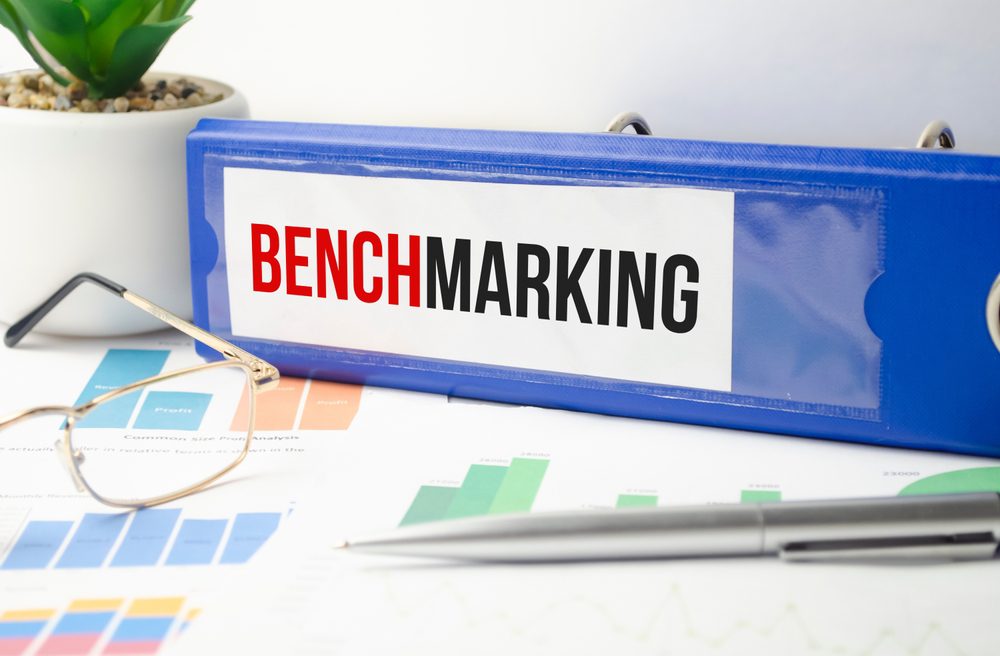

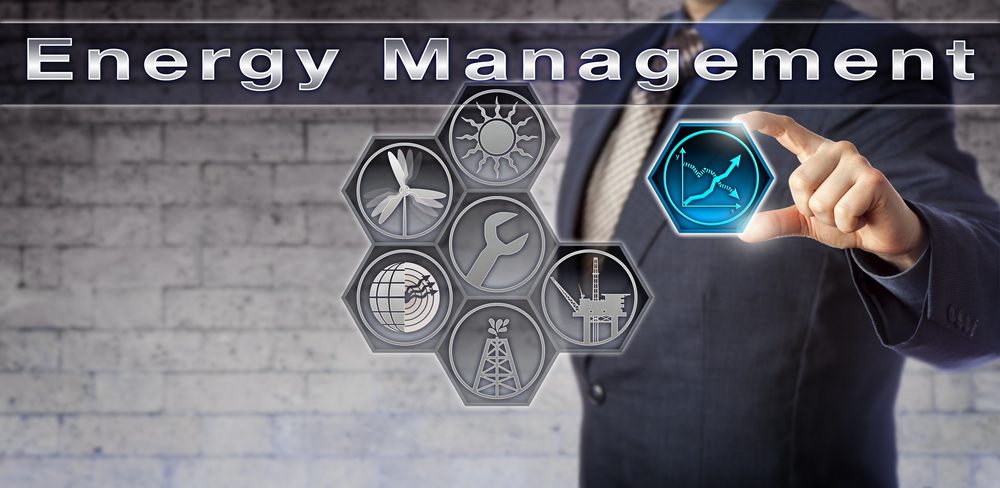


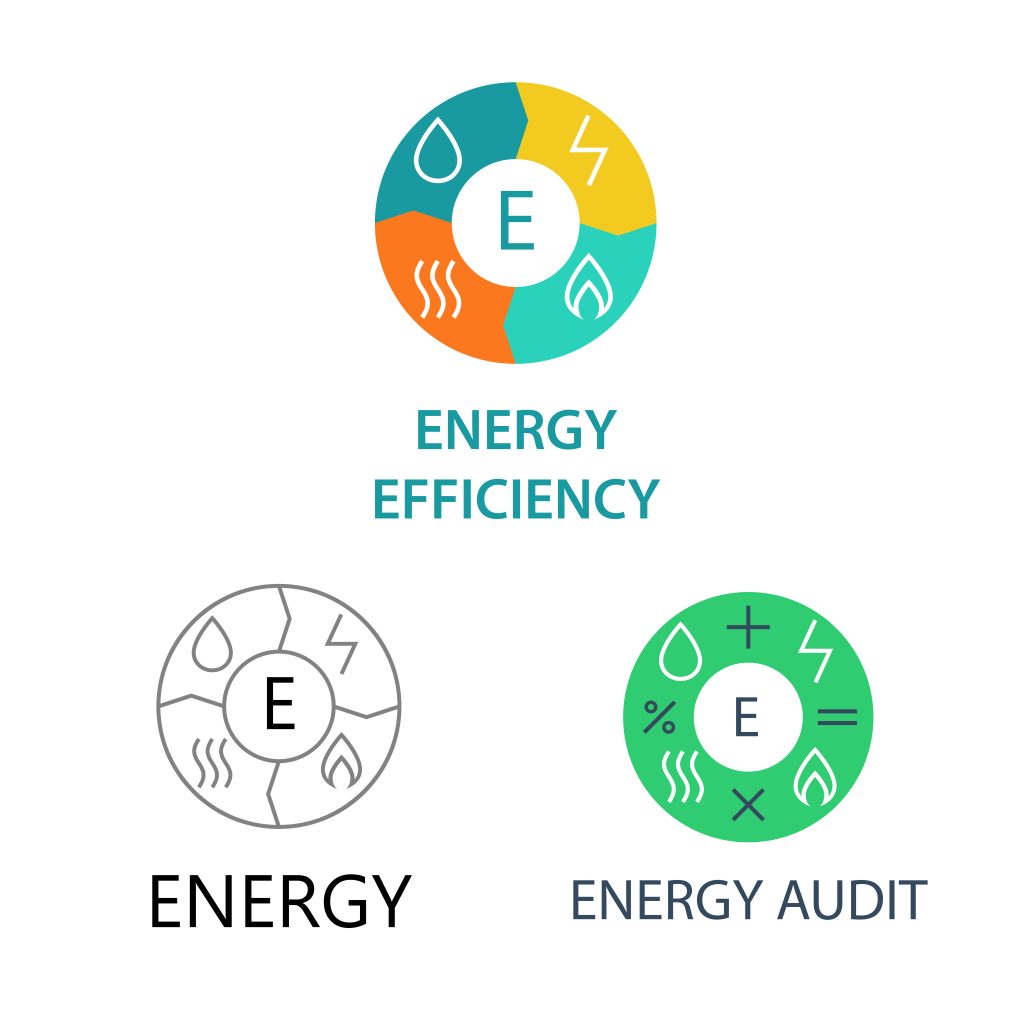 Lighting accounts for a significant portion of a building’s energy usage. Replacing inefficient lighting technologies with energy-efficient options, such as LED bulbs, can result in significant energy savings and improved lighting quality.
Lighting accounts for a significant portion of a building’s energy usage. Replacing inefficient lighting technologies with energy-efficient options, such as LED bulbs, can result in significant energy savings and improved lighting quality.

 Utilizing solar panels and other renewable energy technologies are becoming increasingly popular to create clean and green energy that can significantly reduce energy bills. In fact, solar systems can generate solar power with no emissions or pollutants, while natural gas is still considered a cleaner alternative to electricity generated by fossil fuels.
Utilizing solar panels and other renewable energy technologies are becoming increasingly popular to create clean and green energy that can significantly reduce energy bills. In fact, solar systems can generate solar power with no emissions or pollutants, while natural gas is still considered a cleaner alternative to electricity generated by fossil fuels.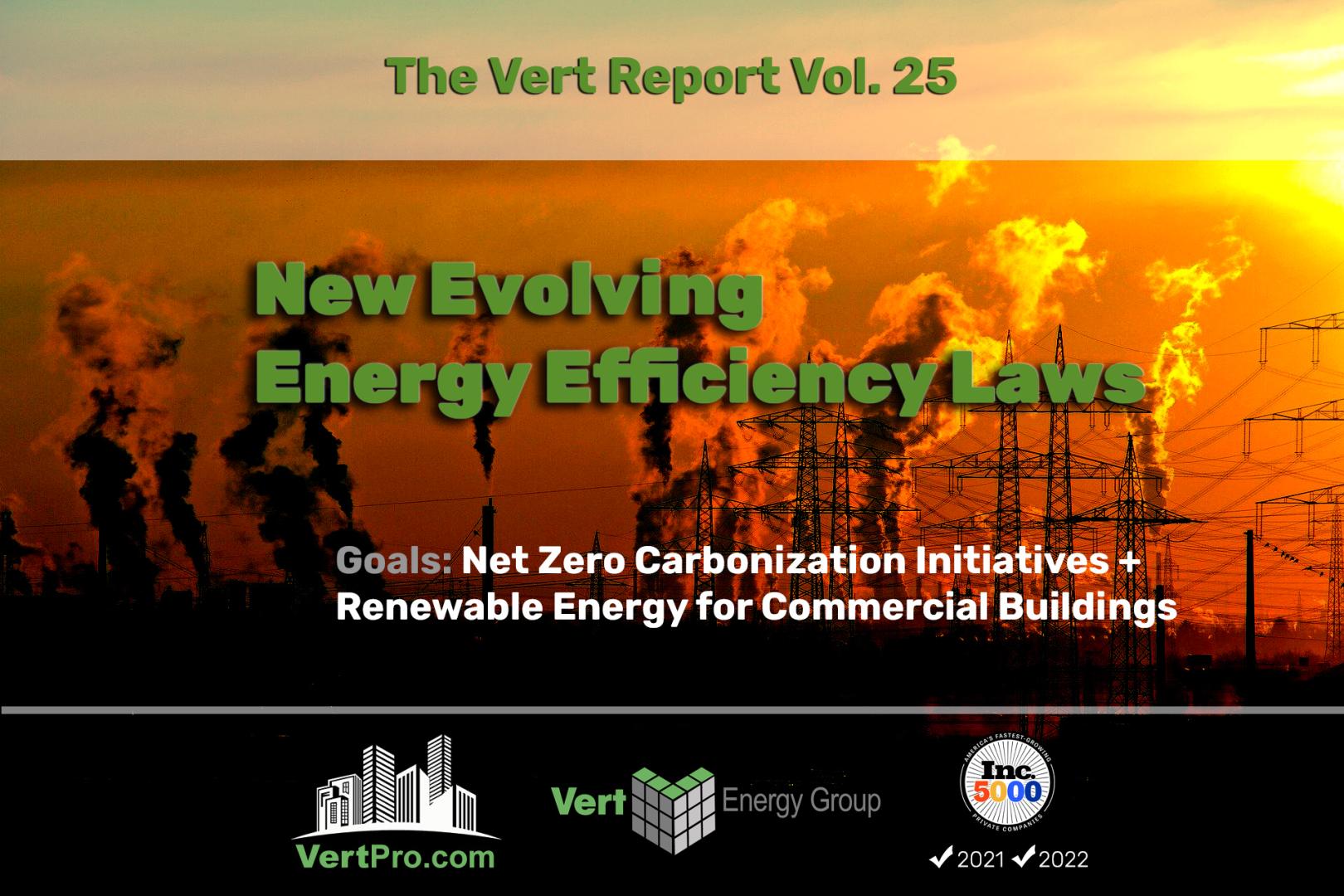
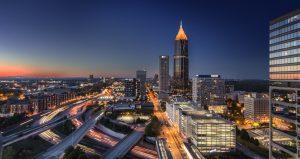 With consistently updating laws and ever-changing regulations, we have compiled a list of important dates and requirements for the upcoming Energy Audit deadlines for Los Angeles, San Francisco, San Jose, Austin, Seattle, Atlanta, Boston, and the state of Washington. Mark your calendars with important dates, and requirements to avoid potential fines/violations.
With consistently updating laws and ever-changing regulations, we have compiled a list of important dates and requirements for the upcoming Energy Audit deadlines for Los Angeles, San Francisco, San Jose, Austin, Seattle, Atlanta, Boston, and the state of Washington. Mark your calendars with important dates, and requirements to avoid potential fines/violations.
 Missed benchmark deadlines can be a costly mistake for building owners. Every year building owners and managers are required to ensure their property is in compliance with their local city or state energy benchmark programs. Many benchmarking programs have penalties, and failure to file can result in written warnings and/or monetary fines. Non-compliance fines can add up quickly, so it is important to be aware of deadlines and the penalties for missing those deadlines. While not all benchmark programs have monetary fines or official warnings, each city and state agency keeps records. These are often made public via a compliance list, to hold building owners accountable and enforce compliance. These compliance lists can be located on your local city or state benchmarking website or by contacting your local programs support line directly.
The following is a complete chart of Benchmark programs with existing penalties for non-compliance:
Missed benchmark deadlines can be a costly mistake for building owners. Every year building owners and managers are required to ensure their property is in compliance with their local city or state energy benchmark programs. Many benchmarking programs have penalties, and failure to file can result in written warnings and/or monetary fines. Non-compliance fines can add up quickly, so it is important to be aware of deadlines and the penalties for missing those deadlines. While not all benchmark programs have monetary fines or official warnings, each city and state agency keeps records. These are often made public via a compliance list, to hold building owners accountable and enforce compliance. These compliance lists can be located on your local city or state benchmarking website or by contacting your local programs support line directly.
The following is a complete chart of Benchmark programs with existing penalties for non-compliance:

 Halloween is a big industry in America. Every year, Americans spend billions of dollars on Halloween costumes, decorations, and candy. The Halloween industry has grown significantly in recent years, and it shows no signs of slowing down. According to the
Halloween is a big industry in America. Every year, Americans spend billions of dollars on Halloween costumes, decorations, and candy. The Halloween industry has grown significantly in recent years, and it shows no signs of slowing down. According to the 
 Search by Zip to Find Applicable Energy Laws
Search by Zip to Find Applicable Energy Laws
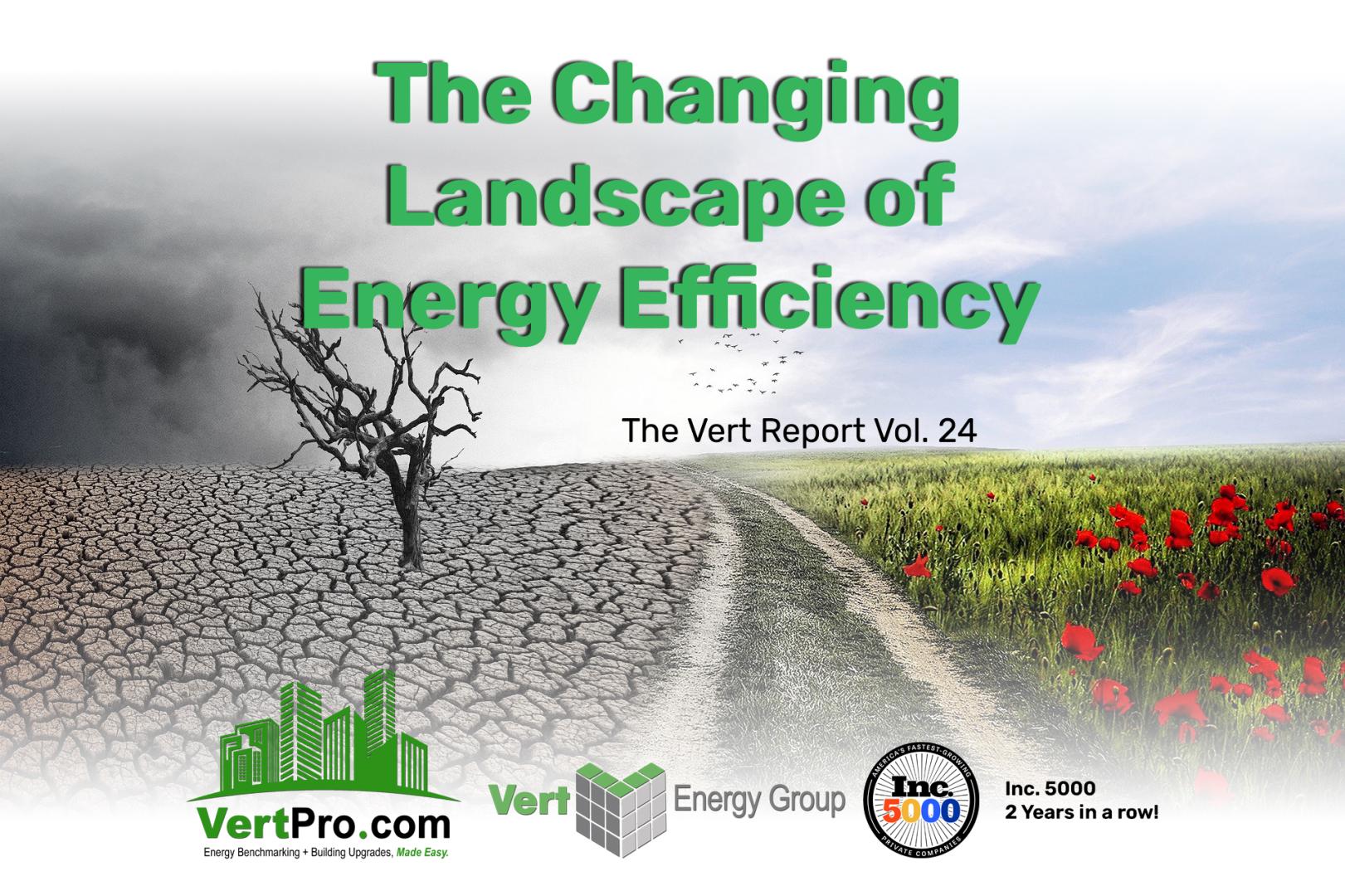

 As more and more states look to benchmarking to improve energy efficiency, several new laws and ordinances are set to go into effect in 2023. These laws will require benchmarking for all commercial buildings over a certain size and will impose penalties for those that do not comply.
While some building owners may see this as a burden, benchmarking can be a valuable tool. It can help identify areas where a building is wasting energy and can also help reduce a building’s energy consumption and be more sustainable. In the long run, benchmarking can save building owners money by helping them make their buildings more efficient.
Not only are new laws and ordinances being implemented, but existing laws are constantly being updated. These updates include lowering the size threshold for buildings covered by the benchmarking requirements, establishing new third-party data verification requirements, requiring the use of whole-building utility data, including aggregate data directly from utilities when applicable, and clarification of violations and the enforcement process.
As more and more states look to benchmarking to improve energy efficiency, several new laws and ordinances are set to go into effect in 2023. These laws will require benchmarking for all commercial buildings over a certain size and will impose penalties for those that do not comply.
While some building owners may see this as a burden, benchmarking can be a valuable tool. It can help identify areas where a building is wasting energy and can also help reduce a building’s energy consumption and be more sustainable. In the long run, benchmarking can save building owners money by helping them make their buildings more efficient.
Not only are new laws and ordinances being implemented, but existing laws are constantly being updated. These updates include lowering the size threshold for buildings covered by the benchmarking requirements, establishing new third-party data verification requirements, requiring the use of whole-building utility data, including aggregate data directly from utilities when applicable, and clarification of violations and the enforcement process.
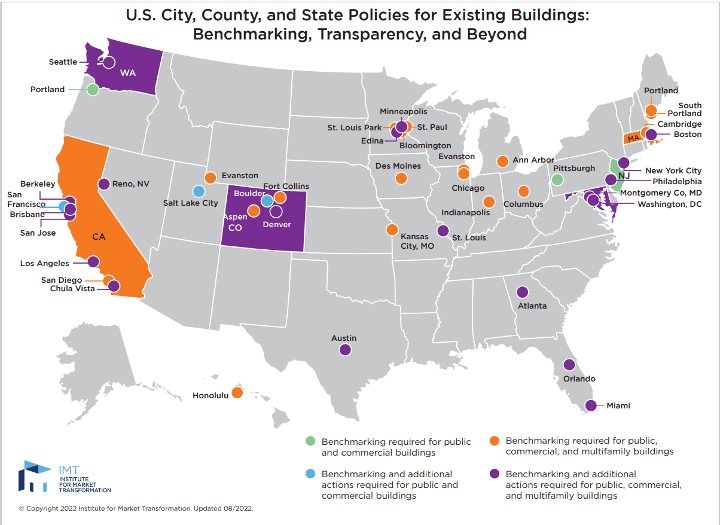 Source:
Source:  In the United States, Labor Day is celebrated on the first Monday of September. It’s a day off for many workers, and a time to enjoy the last few days of summer, but did you know that Labor Day is more than just a day off from work? This American institution has a long and interesting history so let’s take a quick look at the origins of Labor Day and how it’s evolved over the years.
Labor Day has its roots in the labor movement of the late 19th century. At that time, working conditions were often very dangerous, and workers were frequently required to work long hours for little pay. In an effort to improve these conditions, workers began organizing into unions.
In the United States, Labor Day is celebrated on the first Monday of September. It’s a day off for many workers, and a time to enjoy the last few days of summer, but did you know that Labor Day is more than just a day off from work? This American institution has a long and interesting history so let’s take a quick look at the origins of Labor Day and how it’s evolved over the years.
Labor Day has its roots in the labor movement of the late 19th century. At that time, working conditions were often very dangerous, and workers were frequently required to work long hours for little pay. In an effort to improve these conditions, workers began organizing into unions. 

 Building Upgrade Projects are key to improving the features and condition of your commercial building, which significantly influences its value. While many building owners put off needed repairs or improvements, properly maintained properties will always be in demand and command higher prices. By making strategic upgrades, you not only add value to your property but also make it more attractive to potential buyers or renters. Examples of such upgrades are Gas Line Inspections or Repairs, Seismic Retrofitting, Solar Panels or Green Roof Installations, Parking lot Updates, and Building Management Systems.
However, it is important to be aware of the pitfalls and plan accordingly. By doing so, you can ensure that your project is a success and that your property maintains its high market value. Communication, Budgeting, Resourcing, Due Diligence, Coordination, and Contract Preparation are all common errors made during Capital Improvement projects which can be costly and time-consuming. In our new VPU webinar, and in the table below, we discuss these common pitfalls further.
Building Upgrade Projects are key to improving the features and condition of your commercial building, which significantly influences its value. While many building owners put off needed repairs or improvements, properly maintained properties will always be in demand and command higher prices. By making strategic upgrades, you not only add value to your property but also make it more attractive to potential buyers or renters. Examples of such upgrades are Gas Line Inspections or Repairs, Seismic Retrofitting, Solar Panels or Green Roof Installations, Parking lot Updates, and Building Management Systems.
However, it is important to be aware of the pitfalls and plan accordingly. By doing so, you can ensure that your project is a success and that your property maintains its high market value. Communication, Budgeting, Resourcing, Due Diligence, Coordination, and Contract Preparation are all common errors made during Capital Improvement projects which can be costly and time-consuming. In our new VPU webinar, and in the table below, we discuss these common pitfalls further.


